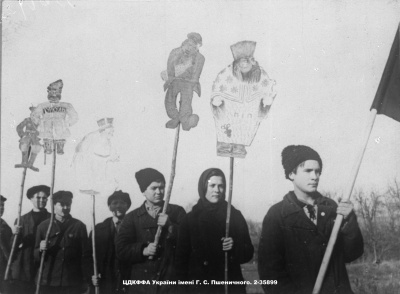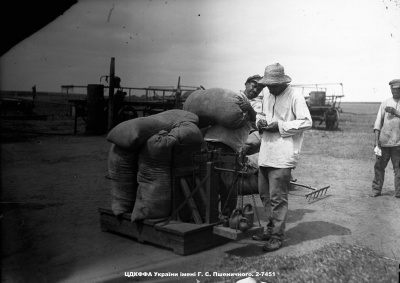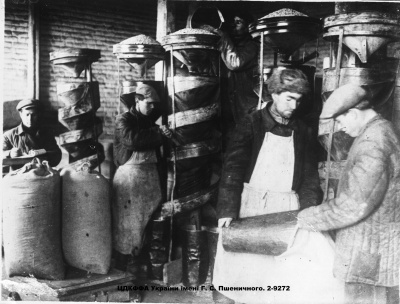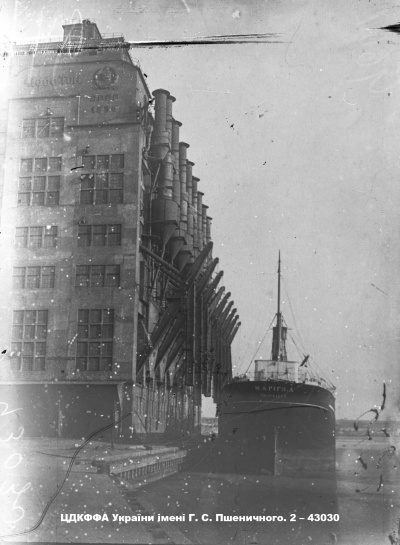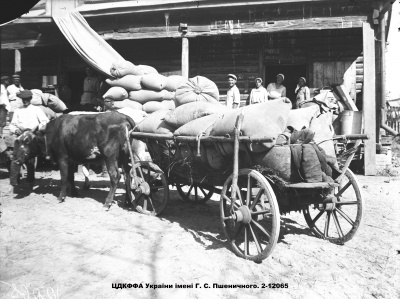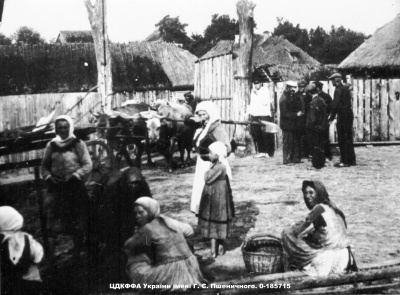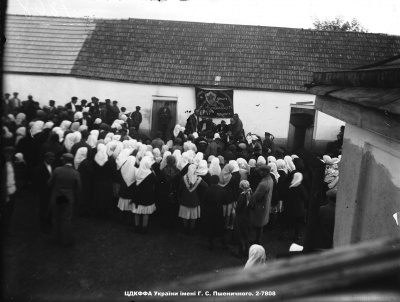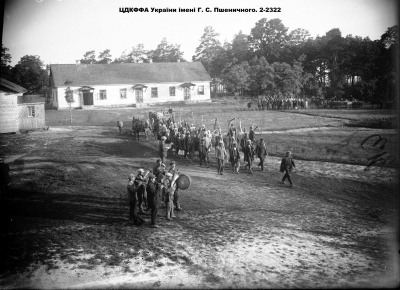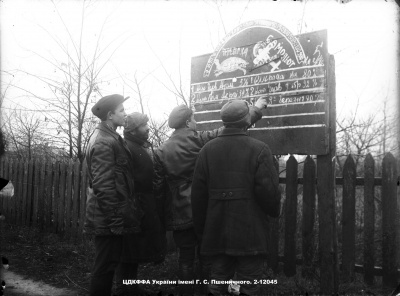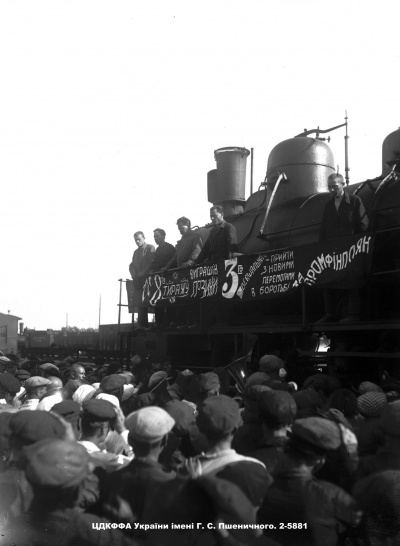Genocide of the Ukrainian nation – the Holodomor
The difference between the Holodomor and the All-Union famine early 1930s, which some researchers-amateurs often appeal to, is as follows: farmers outside Ukraine and the Kuban were the victims of hunger as a social class, and Ukrainian peasants were starved to death for belonging to the Ukrainian nation. The validity and fairness of this evaluation are clear, based on analysis of policy Bolshevik regime in Ukraine and the Bolshevik practice of the national question.
The Leninist-Stalinist leadership always attached particular importance to Ukraine, because they believe that its detention in Moscow’s orbit is an important condition for the existence of the communist regime and the Soviet Union.
The national revival of Ukraine during Ukrainianization (political retreat of the Bolsheviks) led the Soviet leadership in the fear of exit Ukrainian republic, which had the right under the Constitution of the USSR (1924).
The Soviet government tried to uproot Ukrainian separatism.
Anti-Ukrainian nature of the Holodomor confirm a number of facts:
- In Ukraine and the Kuban region, where 75% of the population were Ukrainians, the regime used the most brutal repression that led to famine.
- In Ukraine and the Kuban regime used “black boards” that made possible more quickly removing all food from the peasants.
- Only farmers of Ukraine and the Kuban were prohibited travel to nearby regions of Russia and Belarus in search of food.
- Borders of Ukraine and the Kuban were blocked by GPU divisions and police to prevent anyone from escaping starvation. Also, troops prevented the hungry Ukrainian peasants in areas of the borders with Romania and Poland.
- In Ukraine and North Caucasus (Kuban included) regime connected grain procurements with Ukrainization. This is confirmed by Resolution of the Central Committee of the Communist Party of the Soviet Union members and CNC of 14 December 1932 “On Grain Procurements in Ukraine, North Caucasus and Western Region.” The text of the resolution singled out Ukraine and North Caucasus. Under the pretext of accusations of “bourgeois nationalism” “Petliurism” were deported Ukrainians from the village of Poltava (North Caucasus) to the northern regions of the USSR. And their places were inhabited by Russians of the Red Army. Paperwork, publishing newspapers and magazines in the region were transferred into Russian. So, Kuban was no longer be of Ukrainian. These actions confirmed the fact that the Soviet authorities had intended to destroy Ukrainian national identity by destroying its carriers.
- The news of foreign journalists, reports and letters embassies and consulates of the USSR mainly focused on the famine in Ukraine and the North Caucasus with emphasis that regime killed by starving the Ukrainians with the aim of subjugation and russification.
- Mortality in Ukraine and the Kuban was extremely high, compared to other regions of the USSR.
During the Holodomor the national minorities of Ukraine also affected for living among Ukrainian nation, which was victim of genocide. Only Ukrainian nation was the subject of state building and self-determination by the Constitution of the USSR in 1924 and had the right to exit from the Soviet Union and build an independent Ukrainian state.
In term of international law, the death of minorities during the Holodomor was a crime of extermination and the fact that aggravates the guilt of organizers of Holodomor.

